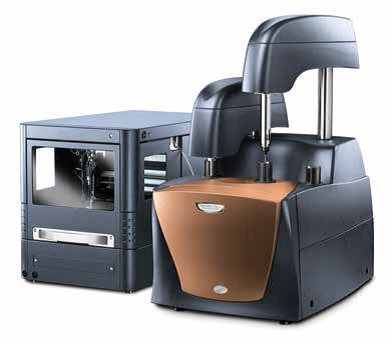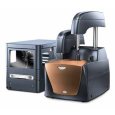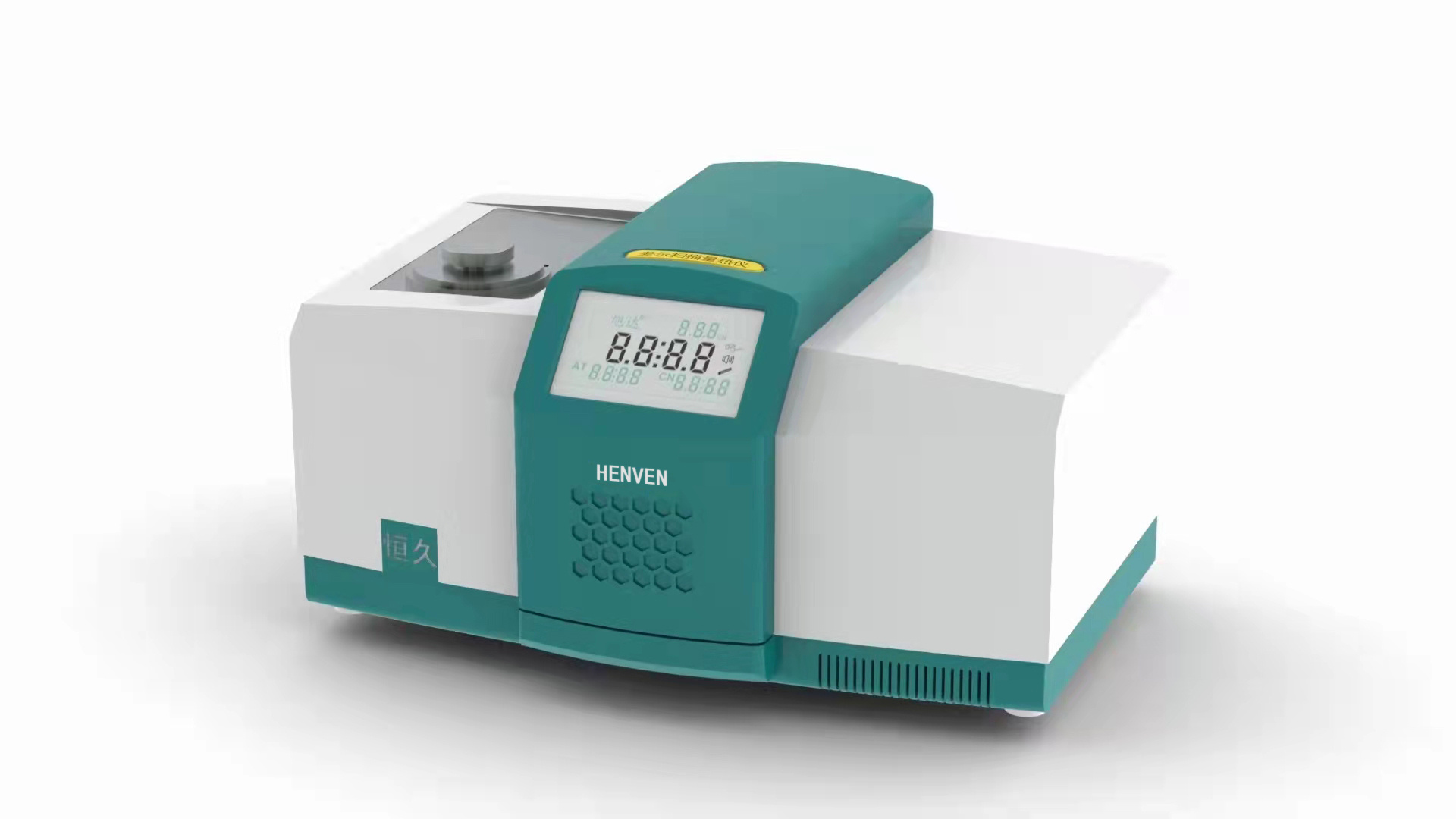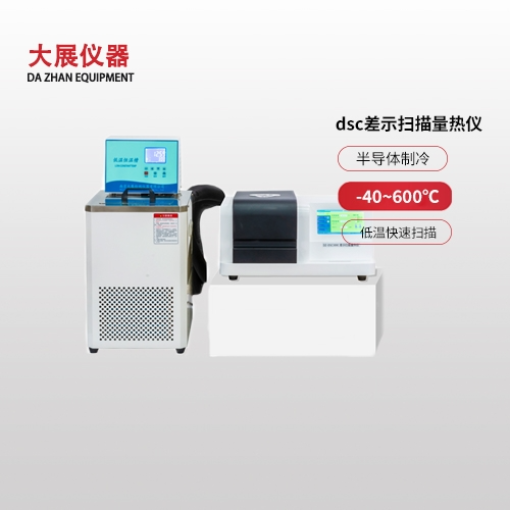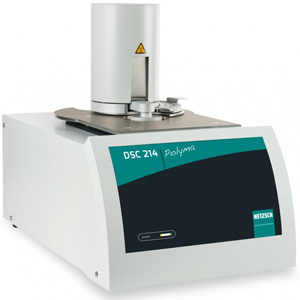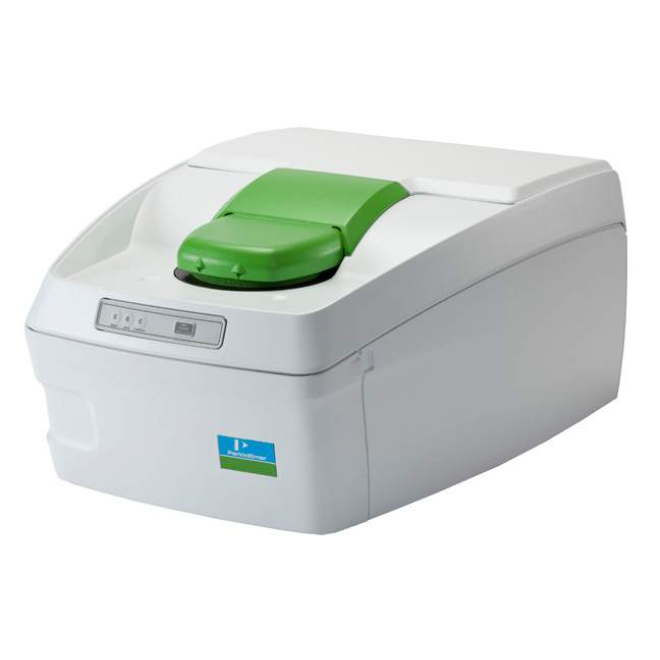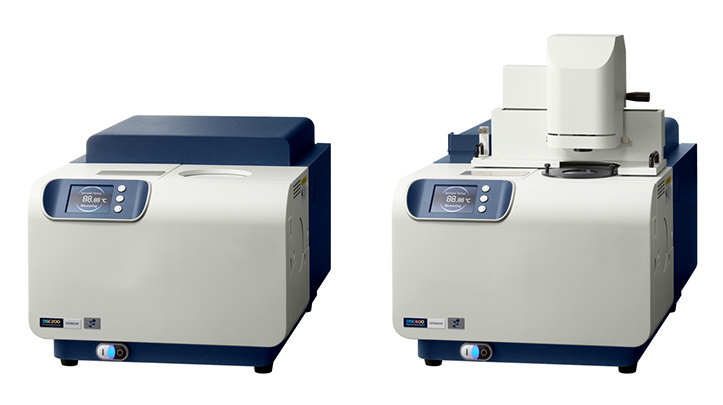方案详情
文
Materials such as coals, coal products (e.g., chars, briguettes) and activated carbons are a self-heating hazard in storage and transportation. Accordingly, work was carried out in the 1970’s (1,2) largely at the Fire Research Station in the UK, which led to the formulation of a test (3,4) for predicting whether or not a particular coal or carbon material was a self-heating hazard. The test wich is very widely used up to the present time, focuses on the quantity critical ignition temperature, and the present author has shown (5) that this is not the most suitable quantity around which to build such a test. The critical ignition temperature provides an indication of self-heating hazards only in the limit where all susceptible materials have the same activation energy (usual symbol E, units J mol-1) for their reaction with atmospheric oxygen. This is very far from the truth, and consequently the tests are unreliable.
方案详情

A NewTest for Spontaneous CombustionPropensity utilising Microcalorimetry J.C.Jones Department of Engineering King’s CollegeUniversity of Aberdeen Aberdeen, Scotland Materials such as coals, coal products (e.g., chars, briguettes) and activated carbonsare a self-heating hazard in storage and transportation.Accordingly, work was carried outin the 1970’s (1,2) largely at the Fire Research Station in the UK, which led to the formula-tion of a test (3,4) for predicting whether or not a particular coal or carbon material was aself-heating hazard. The test wich is very widely used up to the present time, focuses on thequantity critical ignition temperature, and the present author has shown (5) that this is notthe most suitable quantity around which to build such a test. The critical ignition tempera-ture provides an indication of self-heating hazards only in the limit where all susceptiblematerials have the same activation energy (usual symbol E, units J mol) for their reactionwith atmospheric oxygen. This is very far from the truth, and consequently the tests areunreliable. A better quantity around which to establish a criterion for thermal safety is the heat-release rate at criticality. In reference (6), the author has established the theoretical basisof this and applied it to activated carbons of various manufacturing histories, some of themwith significant self-heating propensity and some of them with little if any. It is shown thatif such a material is to be shipped or stored in bulk quantities of 3m cube (i.e., 27 m’) atambient temperatures of 38°C or lower, it is not hazardous provided that its rate of heatrelease at that temperature does not exceed 2 x 10Wkg. This figure is easily adapted toother sizes and ambient temperatures using the theory set out in reference (6).It can also beextended to materials other than activated carbons using appropriate thermal conductivitiesand calorific values. Clearly microcalorimetry is suitable for implementation of this approach, and aThermometric 2277 instrument was used in measuring heat-release rates by the activatedcarbons for comparison with the the threshold value of 2 x 10Wkg. Theory and applica-tion are both quite specialised, and a reader of this note wishing to pursue the method willneed to consult the original account (6) or, alternatively, contact the author. In Table 1,below, we present results for three of the carbons studied. This concept of heat-release rate at criticality, and its implementation using theThermometric 2277 instrument, represent both a significant advance in the prediction ofspontaneous combustion hazards and a new avenue for the application of microcalimetryin industrial practice. The author will be pleased to give advice on applications to particularmaterials. Table 1. Heat-release rates at 38°C of three activated carbons, taken from (6) Carbon description Heat release rate Safe, unsafe or at 38°C/W kg critical at 38°C Finely milled chemically activated carbon 2x102 Unsafe Steam activated carbon, acidified nin processing 2x102 Critical Peat-based steam activated carbon 1x10 Safe REFERENCES Bowes P.C., Cameron A. Journal of Applied Chemistry and Biotechnology 21 244(1971) .2 Cameron A, MacDowall J.D. Journal of Applied Chemistry and Biotechnology 221007(1972) Self-heating test for carbon IMCO (1974-75)4 5 Brown coals and lignites -testing of self-ignition Draft proposal, ISO (1994) Jones J.e. An examination and assessment of basket heating tests to determine pro-pensity to spontaneous combustion (invited paper). Proceedings of the 24th Interna-tional Conference on Fire Safety 179-190. Product Safety Corporation, Sissonville,West Virginia (1997) 6. Jones J.e. Towards an alternative criterion for the shipping safety ofactivated car-bons. Journal of Loss Prevention in the Process Industries 11 407-411(1998) M Materials such as coals, coal products (e.g., chars, briguettes) and activated carbons are a self-heating hazard in storage and transportation. Accordingly, work was carried out in the 1970’s (1,2) largely at the Fire Research Station in the UK, which led to the formulation of a test (3,4) for predicting whether or not a particular coal or carbon material was a self-heating hazard. The test wich is very widely used up to the present time, focuses on the quantity critical ignition temperature, and the present author has shown (5) that this is not the most suitable quantity around which to build such a test. The critical ignition temperature provides an indication of self-heating hazards only in the limit where all susceptible materials have the same activation energy (usual symbol E, units J mol-1) for their reaction with atmospheric oxygen. This is very far from the truth, and consequently the tests are unreliable.
确定

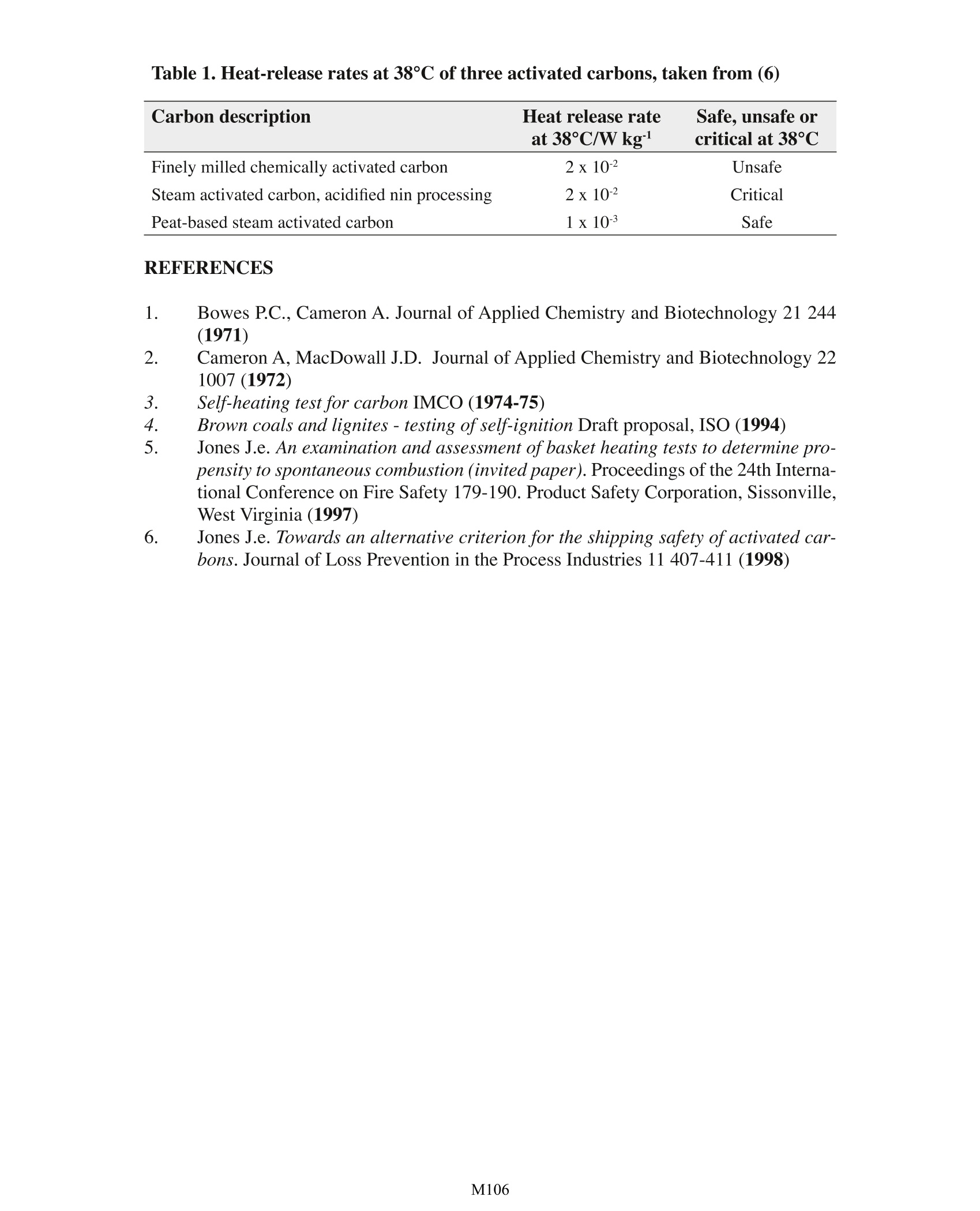
还剩1页未读,是否继续阅读?
TA仪器为您提供《自燃现象中自燃倾向检测方案(差示扫描量热)》,该方案主要用于其他中自燃倾向检测,参考标准--,《自燃现象中自燃倾向检测方案(差示扫描量热)》用到的仪器有TA仪器+Affinity ITC+等温滴定微量热仪
推荐专场
相关方案
更多
该厂商其他方案
更多

